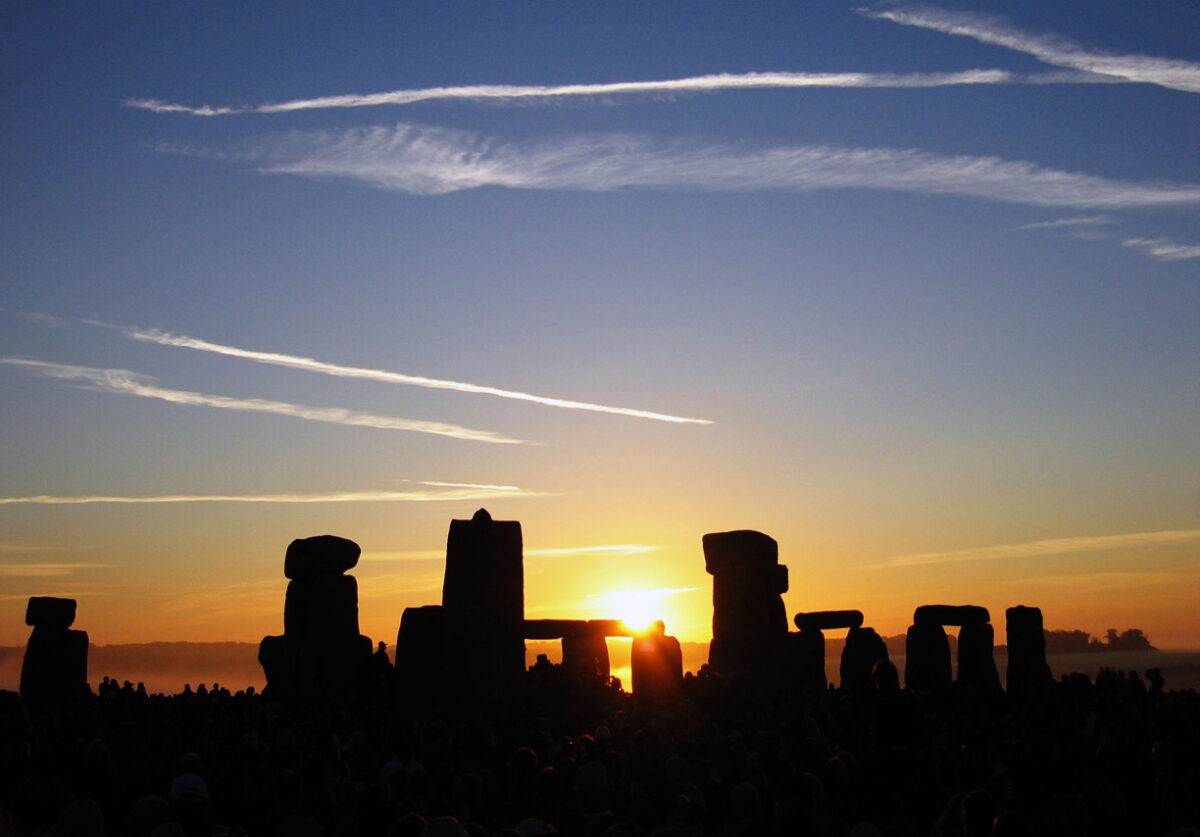The summer solstice, a celestial event marking the longest day and shortest night of the year in the Northern Hemisphere, holds a unique place in our calendar. It signifies the official start of summer, a time of warmth, growth, and outdoor activities. But beyond the backyard barbecues and beach trips lies a fascinating scientific explanation and a rich cultural history associated with this solstice.
Table of Contents

Understanding the Solstice: A Dance of Light and the Earth’s Tilt
Our planet Earth is not perfectly upright on its axis. It’s tilted at an angle of about 23.5 degrees, which plays a crucial role in determining the seasons we experience. As Earth travels around the Sun in its year-long orbit, this tilt causes different hemispheres to receive varying amounts of direct sunlight throughout the year.
Between March and September, the Northern Hemisphere leans closer to the Sun. This translates to longer daylight hours and warmer temperatures, marking our summer season. The summer solstice occurs at the peak of this phenomenon. The exact date can vary slightly from year to year, falling on June 20th, 21st, or 22nd. In 2024, for instance, the summer solstice occurred on June 20th at 4:50 PM EDT.
During the summer solstice, the Sun reaches its highest point in the sky for locations outside the tropics. This comes about in the longest period of sunshine for the year. The term “solstice” itself comes from the Latin words “sol” (sun) and “sistere” (to stand still), reflecting the discernment that the Sun’s position in the sky changes exceptionally small over a few days around this time.
A Scientific Feat: Measuring Earth with the Summer Solstice
The solstice has its place not just in our calendars but also in the history of scientific discovery. Around 200 BC, the ancient Greek scholar Eratosthenes used the summer solstice to perform a groundbreaking experiment to measure the Earth’s circumference.

He observed a well in Aswan, Egypt, where sunlight shone directly down the well at noon on the summer solstice, indicating the Sun was directly overhead. He at that point traveled north to Alexandria, where he famous that the shadows cast by pillars were not vertical at twelve, recommending the Sun was not straightforwardly overhead in that location. By calculating the difference in shadow lengths between the two cities and the known distance between them, Eratosthenes was able to arrive at a remarkably accurate estimate of Earth’s circumference. This experiment provided compelling evidence that the Earth is a sphere, not flat, and stands as an early testament to the ingenuity of human observation.
A Celebration of Recharging and the Sun’s Power
Beyond its logical importance, the summer solstice holds social and otherworldly significance over different civilizations. Many cultures view it as the “middle of summer,” a time to celebrate the life-giving power of the Sun and its role in promoting growth and abundance. Traditional celebrations often involve bonfires, feasts, and rituals expressing gratitude for the harvest and the Sun’s energy.

Stonehenge, the prehistoric monument in England, is believed to have been aligned with the summer solstice sunrise. Similar alignments are found in other ancient structures worldwide, suggesting a shared understanding of the astronomical significance of this event.
The summer solstice, therefore, is more than just a day with extended daylight. It’s a reminder of the delicate dance between our planet and the Sun, a testament to scientific discovery, and a celebration of life and growth fostered by the Sun’s powerful energy.
Global Celebrations of the Summer Solstice

Here, we can dive more profound into the differing ways societies around the world celebrate the summer solstice.
Stonehenge, England: This prehistoric monument is believed to have been aligned with the summer solstice sunrise. Visitors flock to witness the first rays of sunlight illuminate the stones, creating a mesmerizing spectacle.
Fête de la Musique (World Music Day), France: Coincidentally falling on or near the summer solstice, this international music festival celebrates music in all its forms. Streets come alive with free concerts and performances, creating a vibrant atmosphere.
Inti Raymi (Festival of the Sun), Peru: This ancient Inca festival honors the Sun god Inti. Traditional dances, offerings, and a symbolic sacrifice of a llama mark this colorful celebration.
Mittsommer (Midsummer), Sweden: Bonfires light up the night sky during this Swedish celebration. People gather to sing, dance, and enjoy traditional foods, marking the transition into the heart of summer.
Yule Bonfire (Litha), Various Pagan Traditions: Pagans often celebrate the summer solstice with bonfires and rituals, symbolizing the Sun’s power and the peak of summer’s light.
Summer Solstice Activities

In addition to exploring these global traditions, the article can conclude by suggesting ways for readers to experience the summer solstice:
Stargazing: With extended darkness, the summer solstice offers a perfect opportunity for stargazing. Look for constellations visible during this time and enjoy the beauty of the night sky.
Nature Walks: Take advantage of the long daylight hours to explore nature. Hike through a forest, visit a beach, or simply enjoy a leisurely walk in your neighborhood.
Outdoor Activities: The summer solstice is a perfect time for outdoor activities like picnics, camping.



